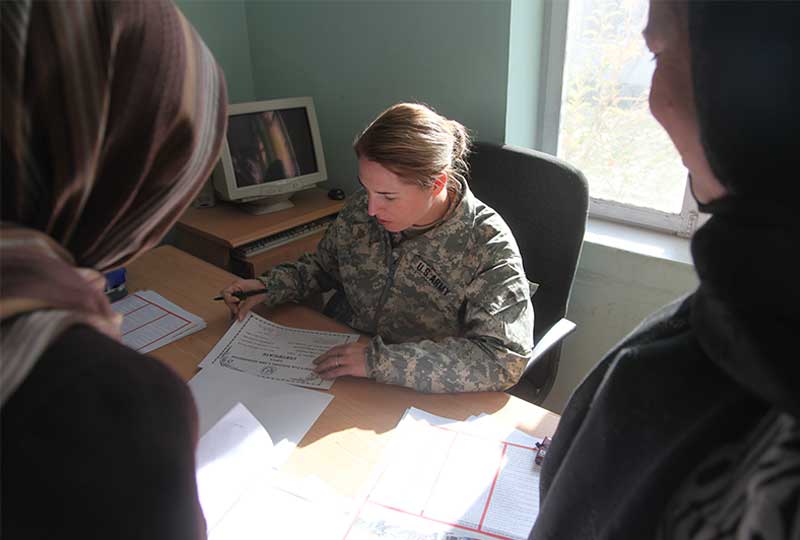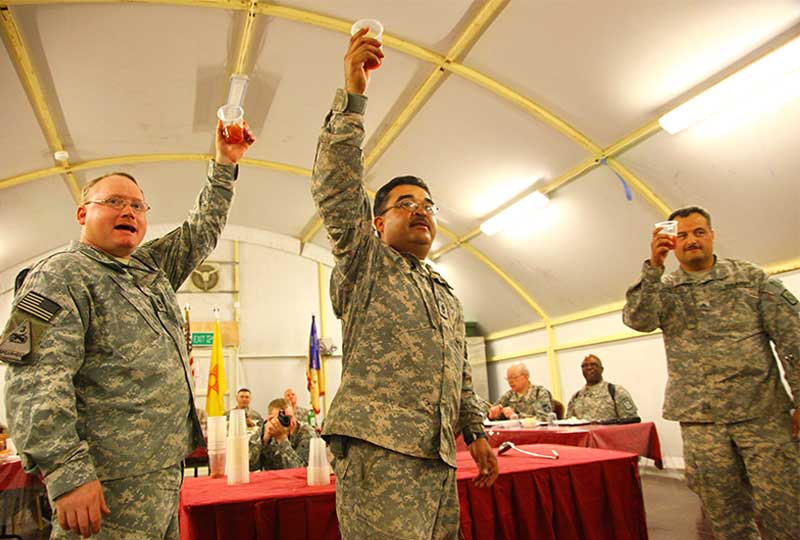Step 3: Gain Acceptance from the Other Side
The focus of this step is on gaining acceptance from the other side, or both sides if you’re managing the conflict as a third party, by letting them know that they’re being heard. Each party to conflict should try to find points they agree on to demonstrate acceptance of the other side’s argument. Select each technique to learn more.
Acknowledge the Other Side’s Points and Feelings

Acknowledging the other side’s points and feelings will show the other side that you’re listening. Whether you’re managing conflict as a third party or you’re one of the conflicting parties, you can acknowledge the other side by saying something as simple as “I can see you’re upset.” This acknowledgement lets the other side feel more comfortable sharing their point of view or feelings.
Project Confidence

The other side will be more likely to accept and trust your responses if you project confidence when agreeing with them. Projecting confidence shows the other side that you’re willing to consider their points and work with them.
Agree Without Conceding

Look for moments where you can say “yes” without giving up one of your points. For example, “yes, that’s a good point.” This technique will help move the other side from a defensive position.
Avoid the Words “But” and “You”

Using the word “but” can make the other person feel as if you’re not listening and undermines your agreement or acknowledgement of their argument. Using the word “you” makes your sentiment seem accusatory.
Acknowledge Differences Optimistically

While there may be differences, state your optimism that conflict can be diffused. This is particularly important if you’re managing the conflict as a third party because it encourages the two sides to keep working to find a resolution.